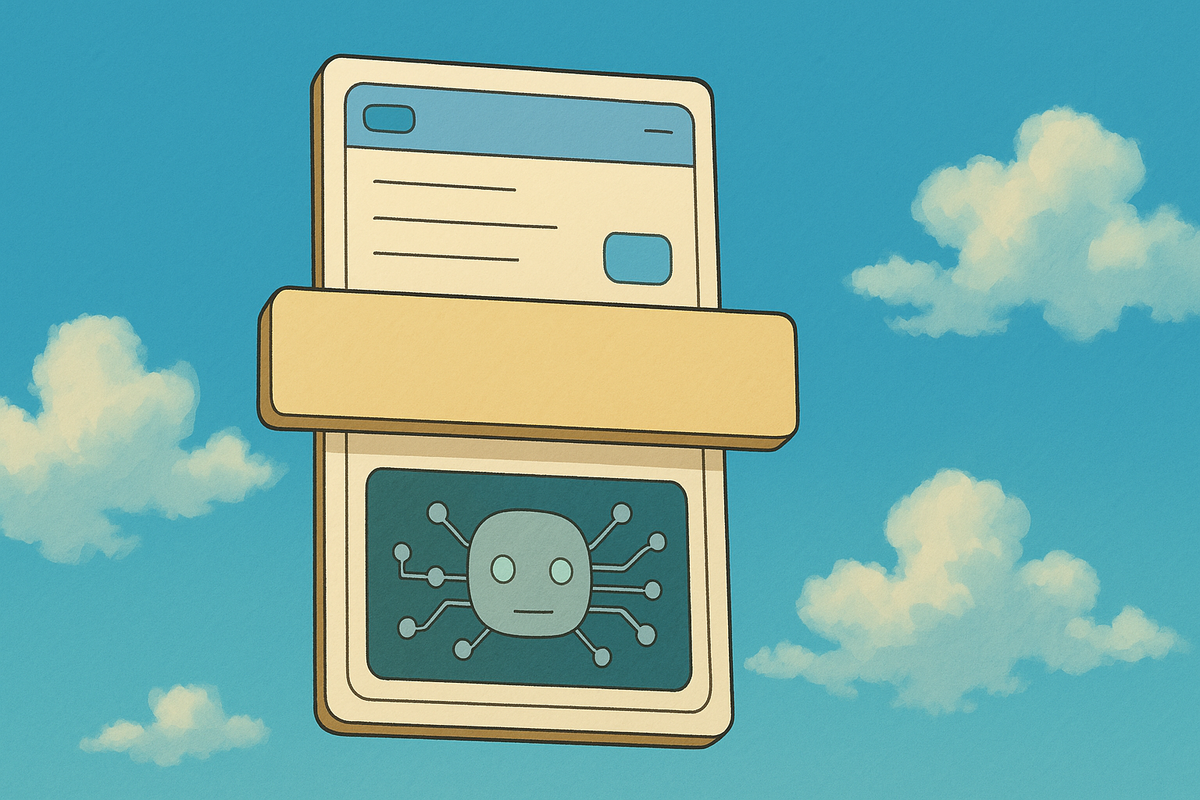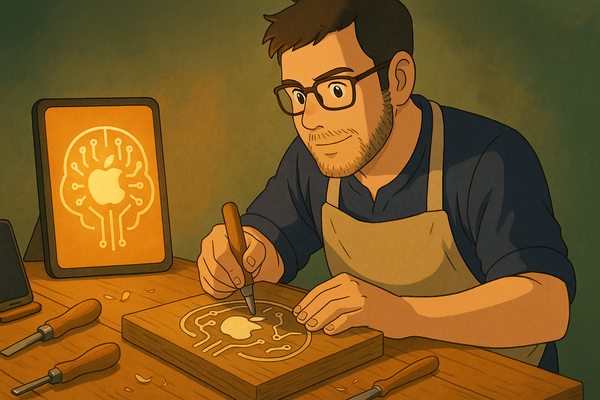MCP: The Missing Layer Between Your App and the AI

Last year, building with AI meant prompt engineering.
This year? It’s all about context engineering.
There’s a quiet but powerful shift underway in how we design intelligent features. Not just what the model can do — but what it knows before you even ask. That’s where MCP comes in.
If this is your first time hearing about it, good. You’re early. Really early.
But not for long.
What is MCP — Really?
Model Context Protocol (MCP) is an emerging spec — championed in part by OpenAI — designed to help developers pass structured, persistent context into large language models.
Think of it like this:
Instead of rewriting a user’s story every time you call the model, MCP lets you pass a living snapshot of what matters — who the user is, what they’ve done, what their goals are — in a clean, machine-readable format.
A traditional AI-powered nutrition app might prompt:
“Summarize: 1 avocado toast, iced latte, 2 boiled eggs.”
An MCP-powered app might send:
{
"user_profile": {
"name": "Stephen",
"goals": {
"protein_target_g": 140,
"meal_frequency": "3/day"
},
"patterns": {
"morning_preference": "low-effort, high-fat meals",
"tracking_style": "minimal"
}
},
"meal_input": "Avocado toast, iced latte, 2 boiled eggs"
}Same model. Better context. Better result.
Why It Matters
Most AI apps today suffer from short-term memory. Each prompt carries the entire burden of making the experience feel coherent.
No persistence. No personalization. No understanding.
That’s why so many AI features feel robotic — they forget everything between taps.
MCP flips that. It treats context as a first-class citizen. It separates what the user does from what the model knows.
The result? Less goldfish. More guide.
What Makes MCP Different
- It’s model-agnostic
While OpenAI’s early tooling supports it, MCP is designed to generalize across backends — including open-source and local models. - It decouples prompt from context
You stop jamming everything into a string and start building structured input layers that evolve over time. - It enables reusable patterns
Context becomes modular. Middleware-like. Easy to reason about, easy to debug. - It elevates design
MCP asks: What should the model know? When should it forget? These are product decisions — not just technical ones.
Context Is a Product Problem
Once you adopt MCP thinking, you stop treating the model like a tool — and start treating it like a teammate.
You begin asking:
- What should the AI remember between sessions?
- When is forgetting useful?
- How do we maintain familiarity without crossing into “creepy”?
It’s not about building agents. It’s about creating trust.
The analogy I keep returning to: a good therapist.
They don’t just respond. They remember. They connect dots. They help you see patterns you missed.
That’s what AI-powered apps will feel like in the next wave. Not flashy. Just deeply tuned to you.
Real-World Examples
1. A Fitness App That Knows Your Body
Instead of:
“Generate a 7-day workout plan for a beginner.”
Use:
{
"user_profile": {
"goals": ["fat loss", "core strength"],
"equipment": ["dumbbells", "pull-up bar"],
"injury_history": ["knee strain"],
"available_time": "30 mins/day",
"training_style": "solo"
}
}This plan isn’t just “beginner-friendly.” It’s you-friendly.
2. A Journaling App That Spots the Patterns
Instead of:
“Summarize today’s journal entry.”
MCP knows:
- Your mood patterns
- Recurring themes (e.g. burnout, motivation dips)
- Trends over time
It might surface:
“You’ve mentioned burnout 3 times this week. Want to explore that?”
That’s intelligence that feels human.
3. A Messaging Assistant That Understands Your Voice
Instead of:
“Draft a reply to this email.”
MCP factors in:
- Your writing tone
- Your relationship with the sender
- Past responses
“This sounds like Dan from your team. You usually keep it casual but solution-focused. Here’s a draft…”
That’s not just text generation — that’s tone awareness.
How I’m Applying This in AteIQ
From day one, AteIQ was designed with MCP in mind.
It doesn’t just respond to “what did the user eat?” It models their behavior over time — goals, routines, preferences — and uses that structure to inform every result.
Some of this is already working under the hood. Other parts will roll out soon — unlocking smarter summaries, better nudges, and adaptive insights that align with real human behavior.
AteIQ doesn’t just use AI. It understands the person using it.
If I Were Starting From Scratch…
I’d start with MCP from day zero.
Not just:
“What can this model do?”
But:
“What should it already know?”
That question changes everything.
It turns a feature into a relationship.
It turns prompts into products.
It opens the door to a new generation of apps — ones that feel adaptive, aware, and actually useful over time.
I’ve got a few ideas in this space. Some are wild. Some are grounded. But for now, I’m doubling down on AteIQ and proving out these patterns where it matters — in the hands of real users.
So What’s Next?
OpenAI hasn’t published the full MCP spec yet — but the direction is clear.
AI-powered apps are shifting from prompt-first to context-first.
I’m building in that direction. Sharing what I find. Not because I have it all figured out — but because this matters.
If you’re exploring this too: reach out. Trade ideas. Send patterns. Let’s experiment.
Because this isn’t just technical progress.
It’s a new interface layer between humans and intelligence.
And maybe — just maybe — MCP is what makes AI feel human.
This post unpacks how MCP can reshape the future of AI-native products — not as gimmicks, but as contextual teammates. I’ll be sharing more as I test these ideas inside AteIQ and beyond.
If you’re exploring this space too, I’d genuinely love to connect or you can drop me a line.
And if you’re just getting started, I hope this blog becomes a place you can revisit and grow alongside.
Until next time — structure that context.





